Image Credit: Green Building Advisor / Michael Henry
Image Credit: Green Building Advisor / Michael Henry The Saskatchewan Conservation House was completed in 1977.
Image Credit: Image #2: Rob Dumont Rob Dumont (far left) and Martin Holladay (far right) in Winnipeg in 2006.
Image Credit: Image #3: Jim Fitzgerald
UPDATED
Robert Stephen Dumont, a respected and well-liked researcher who helped create the essential elements for high-performance and net-zero energy building, died May 29 in Saskatoon, Saskatchewan. He was 69.
Early in his career, Dumont was part of a team that designed the Saskatchewan Conservation House, a 1977 project honored this year by the Passivhaus Institut in Germany and an early forerunner to what became Passivhaus construction in Europe and the U.S.
Far ahead of its time, the Saskatchewan Conservation House (Image #2, below) had far more insulation than a conventional house, triple-glazed windows, an insulated crawl space, and a very tight building envelope — all of the elements that builders now routinely use to reduce energy use.
His own house in Saskatoon, built in 1992 and described in a 2013 GBA article by Michael Henry, had 16-inch-thick walls filled with cellulose, a drainwater heat exchanger, insulated hot water tank, and other energy-saving features, all in a very conventional looking package.
Peter Amerongen, a builder in Edmonton who counted Dumont as an important mentor, visited the house in 2004 after deciding to “up our game” and venture into net-zero construction.
“Basically, it was the formula we needed to follow,” Amerongen said of Dumont’s house. “And really, all we’ve done since then is tweak it, and take advantage of the new things that came along.”
Varied contributions to building
Dumont moved to Saskatoon in 1970 and earned a master’s and doctoral degrees from the University of Saskatoon before starting his career with the National and Saskatchewan Research Councils.
Anil Parekh, a professional engineer with Natural Resources Canada, first met Dumont in the late 1980s and worked with him on a number of technical committees over the years. Asked about Dumont’s most important contributions to building science, Parekh rattled off a long list of accomplishments, including his early work on heat recovery ventilators; authorship of computer code that later became HOTCAN for heat loss and heat gain calculations; development of the so-called Factor 9 home that became the cornerstone of net-zero energy building in Canada; and pioneering research that “paved the way for developing [the] ‘house as a system’ approach to deep energy retrofits in Canadian homes.”
“He knew the whole house as a system,” Parekh said by telephone, “that when you change on component it’s going to change the others. One really has to look at the practical effects of it. At the same time, he also knew that energy efficiency had to live with indoor air quality.”
Parekh recalled that Dumont was part of a team that worked in a garage on the university grounds to develop the first heat-recovery ventilator (HRV) for houses, and idea that was later widely commercialized. HRVs, which provide mechanical ventilation with a minimal energy loss, are now standard for tight, high-performance homes.
According to the obituary published in Saskatoon’s The Star Phoenix, these and other projects helped Dumont win a number of awards, including Canada’s National Energy Efficiency Award in 1999 and the leadership award from Building Saskatchewan Green in 2014.
The houses that made a difference
Few projects on Dumont’s resume have made as big an impact as the Saskatchewan Conservation House. Although it was boxy and ungainly, it nonetheless incorporated all of the principles that became hallmarks of Passivhaus construction.
Dumont was one of 11 team members, led by Harold Orr of the National Research Council, who jumped into the project at the request of the Saskatchewan Provincial Government after the OPEC oil embargo of 1973.
“If we use six times as much insulation in the walls and ceiling and use much better windows and doors, we would be down to a total heat loss that is about 20 percent of the heat loss of a conventional house,” Orr wrote in a description of the project for this year’s Passive House Pioneer Award.
“The trick is to attach the big wedges of pie first and then do your best on the smaller wedges. When we did this to the proposed SCH, we estimated that we could heat the house with a candle, a 45 Imperial gallon candle, and in 1976 about 33 dollars worth of fuel.”
Using double wall construction and a carefully installed vapor and air barrier, the house tested at 0.8 air changes per hour at a pressure difference of 50 pascals, startling close to the current Passivhaus standard of 0.6 ach50.
“We were just inventing the technique at the time,” Orr wrote, “and our subsequent designs have allowed much tighter houses down to 0.1 ach50.”
Orr worked with Dumont for a number of years after the Conservation House was completed and said by telephone, “He was a very good friend. He had his funny streaks like everybody does, but he was very knowledgeable, and he kept up his knowledge, and was really strong telling people about how to build energy-efficient houses. He had the experience, because he built and owned two houses himself and also retrofitted another house.”
Dumont also will be remembered for his work on the Factor 9 home, which he described in a 2010 article in Home Energy magazine. The house, built in Regina, Saskatchewan, was designed to use 90 percent less energy per square meter of floor area than an average existing home in Saskatchewan circa 1970.
The house was insulated to R-80 in the attic, R-41 in above grade exterior walls, and R-44 on basement walls, and constructed with structural insulated panels. Windows on the south face of the house captured solar energy, and solar thermal panels provided space heating and hot water.
Praise from the Passivhaus community
Katrin Klingenberg, co-founder and executive director of the Passive House Institute U.S., said she never met Dumont but exchanged emails with him as she and others researched work of the 1970s and ‘80s that led to Passivhaus designs.
“From what I could glean,” she wrote in an email, “among others he was instrumental to researching the underlying principles of passive houses and to formulating the core principles. I am deeply grateful for his work and contributions as it has made the work of the next generation, including my own, possible.”
In a statement, the Passivhaus Institut praised Dumont’s contributions:
“Today, we wish to express our high respect for his great commitment. Rob Dumont has not only contributed to the understanding of the main principles of sustainability. He also brought forward energy efficiency — the key to energy independence and the implementation of renewables and the universal approach everybody can take, regardless of if they are rich or poor in natural resources or if they construct buildings, vehicles or electronics.
“The world needs people like Rob Dumont who understand this message, take responsibility for their actions and live for these convictions. We need people like Rob Dumont who know that life is about more than individual financial benefit. The contributions of Rob Dumont will live on forever — as long as there is a decent human society.
“We convey our condolences to his family, friends and colleagues.”
Remembered as a gentle man
Amerongen, among others, remembered Dumont as someone steeped in the technical details of building science but who also made his points without rancor.
“Whenever I wanted to do something new, I would run it by Rob,” he said, recalling a time when he was adamant about discontinuing the use of polyethylene vapor barriers in outside walls. “And he very gently told me he didn’t think it was a good idea to get rid of the vapor barrier in our climate.
“It seems like he was right on in that regard,” Amerongen continued. “And so the first time he was very gently advising me not to do it, and then I took another passive house course and passed the exam and got heated up about getting rid of the vapor barrier, and the second time he was more forceful and basically told me not to be an idiot. He didn’t say it that way, of course, but that’s what I felt.
“He was so incredibly observant and would always report his observations with this really gentle, matter of fact way. It was never about him. It was always about the information.”
Inventor of the chainsaw retrofit
GBA senior editor Martin Holladay met Rob Dumont when they were both invited to an expert panel on residential retrofit work in Winnipeg, Manitoba in June 2006 (see Image #3, below). “I interviewed Rob several times over the years,” Holladay recalled. “He was a humble man, quiet and unassuming, and he had a deep understanding of residential energy issues. He was unfailingly kind and generous with his time.”
Holladay notes that Rob Dumont, along with his colleague Harold Orr, was the originator of the chainsaw retrofit method. Dumont and Orr were co-authors of a classic 1987 paper, A Major Energy Conservation Retrofit of a Bungalow, a thorough documentation of the world’s first chainsaw retrofit.
Weekly Newsletter
Get building science and energy efficiency advice, plus special offers, in your inbox.

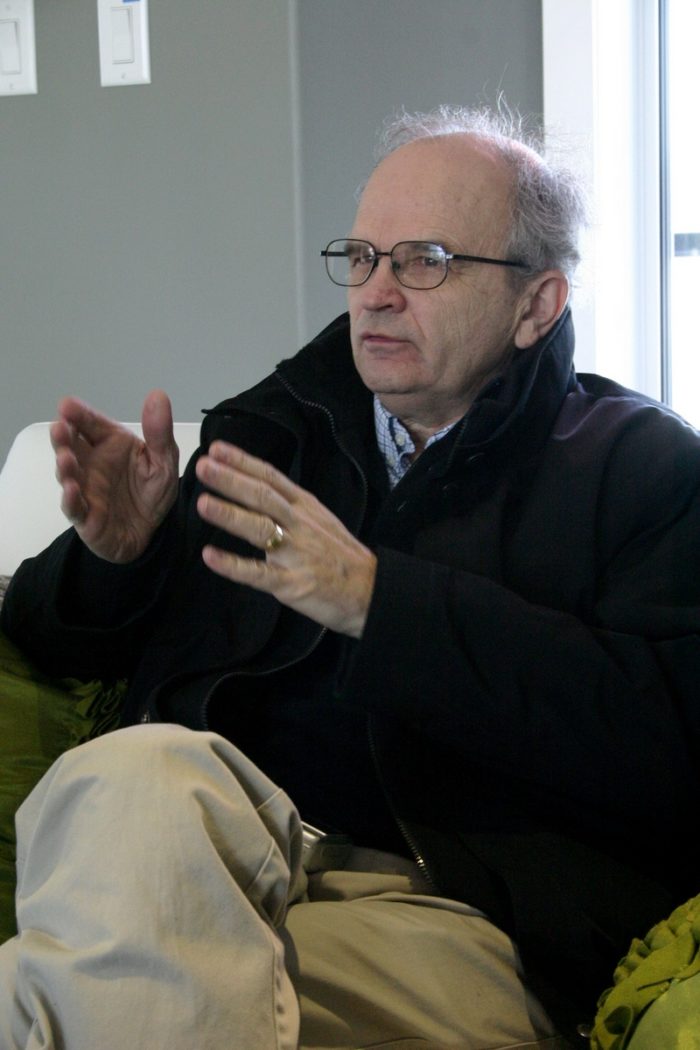




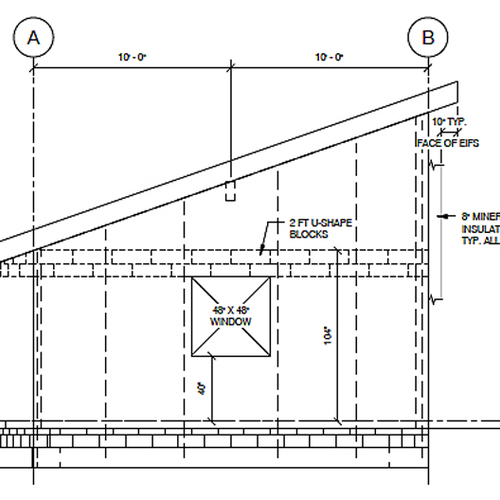
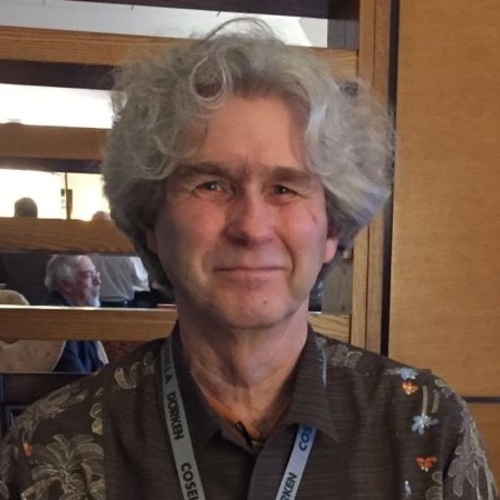
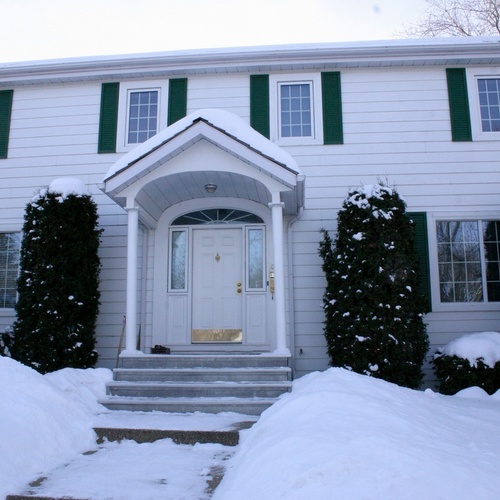
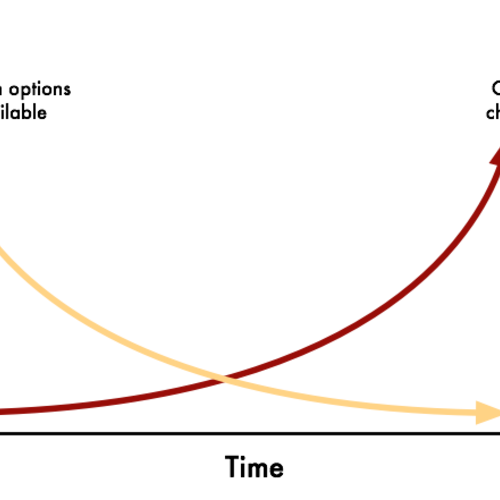






One Comment
Building Science Pioneer Dies
In 1981, we flew in a little 4 seat airplane from the National Center for Apppropriate Technology in Butte, up to Saskatoon and met with Rob and Bob Besant to discuss similar work we were doing. Bob was a great guy, and relntless in his pursuit of a kWh. I have had the pleasure of occassional email conversations with him, and will miss him greatly.
Log in or create an account to post a comment.
Sign up Log in